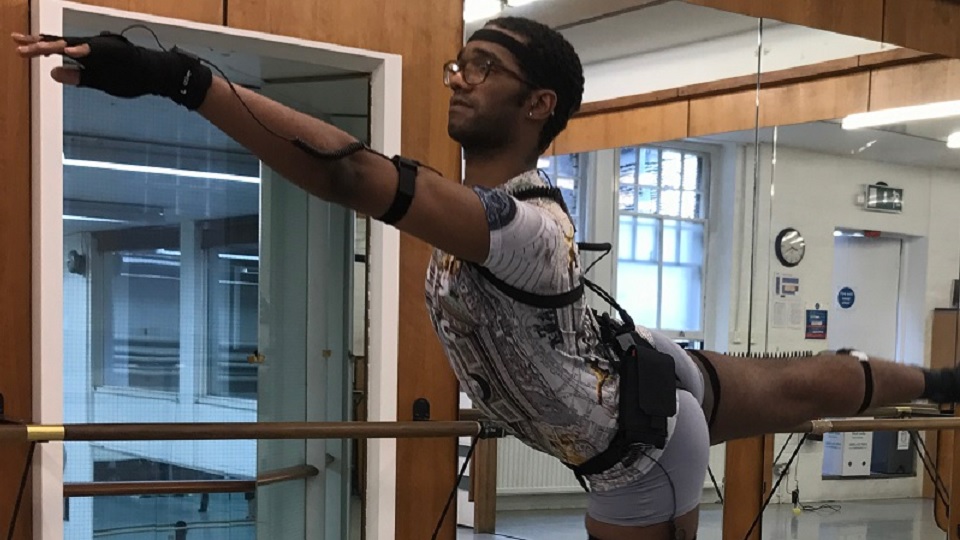Audio guides, maps, traditional and interactive texts help people attending art exhibitions to understand the works in front of them. With dance, however, the audience’s understanding is usually taken for granted.
It’s assumed they will make sense of a performance thanks to the synopsis included in programmes, or reviews published in newspapers and magazines. These supporting materials are optional and do not work during performance.
However, the English National Ballet (ENB), for example, has produced versions of classical ballets for young audiences where dancers perform a shortened version of a well-known classical ballet while a narrator recites the story.
But words cannot translate everything dance expresses. Verbal and movement-based communication can convey similar meanings, but they do so in very different ways. Whereas verbal language is immediately understood, the language of dance can be lost to a general audience.
So how can dance performances become a more accessible source of cultural and social information for people who are not specialists?
Detecting communication
Our research group focuses on Kinesemiotics, the study of meaning made by movement, an area we are developing. Our project, called The Knesemiotic Body, is carried out at Loughborough University in collaboration with researchers at the University of Bremen and the ENB.
The Functional Grammar of Dance (FGD) explains how body parts create meaning by interacting with the space and the people surrounding dancers in a performance. We used it to annotate and interpret data collected from live dance rehearsals.
The FGD draws on linguistics and semiotic theories (how people communicate through signs) and is based on “projections”. Projections are the trajectories designed by dancers when extending their body parts towards meaningful portions of the performance space.
Projections connect extended body parts to surrounding people or objects, creating a meaningful visual interaction. Imagine a dancer moving towards a lake, painted on the backdrop of a stage. They extend an arm forward towards the lake and a leg backwards towards a stage prop representing a shed. That extended arm will mean “going to lake” while the leg will mean “coming from shed”.
Continues…
For the full article by Dr Arianna Maiorani and Chun Liu visit the Conversation.
